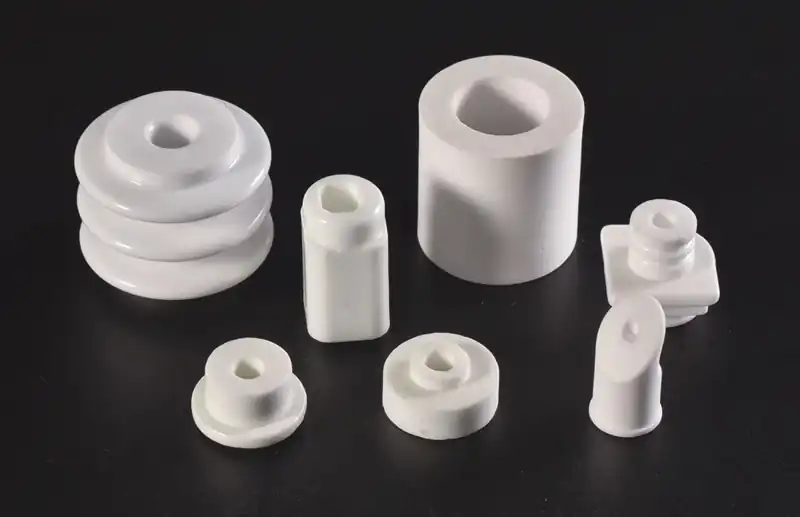Messi Biology states that in the invisible world of modern electronic devices, high-frequency ceramic materials play a vital role. From 5G base stations to smartphones, and from satellite communications to medical equipment, these high-tech products all rely on a key material: high-frequency ceramics. Behind this technological revolution, an inconspicuous but indispensable material is playing a significant role: magnesium oxide.

Magnesium oxide is a fine white powder that appears ordinary but possesses extraordinary properties. In the preparation process of high-frequency ceramics, magnesium oxide, as an additive, can significantly improve the sintering performance and the physical characteristics of the final product.[1] Its addition can lower the sintering temperature, inhibit excessive grain growth, and enhance the density and mechanical strength of the ceramic, all while maintaining excellent high-frequency performance.[2]
Why is magnesium oxide so well-suited for high-frequency ceramic applications? This stems from its unique material properties: a high melting point (approximately 2852°C), excellent insulating properties, a low dielectric constant and dielectric loss, and good thermal stability and chemical inertness.[3][4][5][6][7] These characteristics make magnesium oxide an ideal additive for high-frequency ceramics, ensuring the material maintains stable performance in high-temperature and high-frequency environments.
In this field, Messi Biology Co., Ltd., with its professional and technical advantages, has developed a series of high-purity magnesium oxide products suitable for high-frequency ceramics. Through fine-tuned process control, the company ensures its magnesium oxide products have extremely high purity (up to 99.9% or more) and a consistent particle size distribution, which is crucial for the performance consistency of high-frequency ceramics.
The magnesium oxide products from Messi Biology offer several application advantages: First, their strict purity control ensures that no excess impurity ions are introduced into the ceramic material, thereby maintaining excellent high-frequency characteristics. Second, the precise particle size control capability allows the magnesium oxide to be uniformly dispersed in the ceramic matrix, avoiding agglomeration and improving the structural uniformity of the material. Furthermore, the company provides customized services to adjust product parameters according to the specific needs of customers, meeting the special requirements of different application scenarios.
With the comprehensive rollout of 5G technology and the popularization of Internet of Things (IoT) devices, the market demand for high-frequency ceramics is growing rapidly. As a key material, the importance of magnesium oxide is also becoming increasingly prominent. In the future, as electronic devices develop towards higher frequencies, smaller sizes, and higher reliability, the demand for high-performance magnesium oxide will further increase.
From communication base stations to smartphones, and from autonomous vehicles to smart home devices, magnesium oxide, this “invisible guardian,” is quietly supporting the development of modern electronic technology. It is through innovations in such fundamental materials that we can enjoy the convenient life brought about by ever-advancing scientific and technological progress. In this unseen world of materials, magnesium oxide is connecting the present and the future in its own unique way.
